France vs Spain For Catholic Travel: 9 Differences
If you’re planning a trip around Catholic sites—cathedrals, monasteries, relics, pilgrimage stops – you might be torn between France and Spain. Both are packed with churches. Both are layered with history. But they offer very different experiences.
We went through dozens of detailed traveler comments comparing the two. Here are 9 things that stood out to people who’ve done it.
1. Spain’s churches feel more alive and emotionally powerful
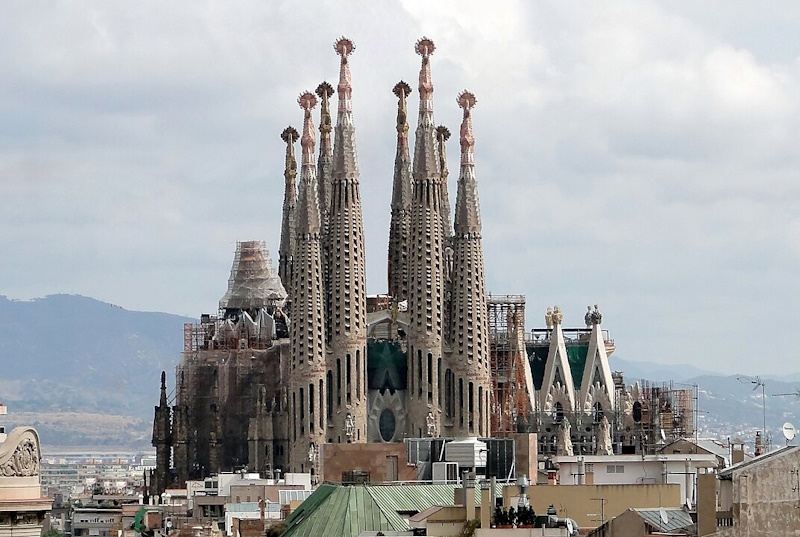
Several travelers say churches in Spain feel more active, more inviting, and in some cases, more emotional.
The Sagrada Familia in Barcelona comes up again and again. One person calls it the only church that moves them to tears. Some find it more impactful than the Sistine Chapel.
This sense of “aliveness” isn’t just in the big cities. People mention walking into small-town churches across Spain and being surprised by how distinct and welcoming they are.
If you’re visiting in July, you might also catch a saint’s day procession, like La Virgen del Carmen in Andalusia. It’s loud, festive, and deeply spiritual.
Many feel that these public displays of faith make Spain feel more actively Catholic than France.
2. France is the center of Gothic tradition
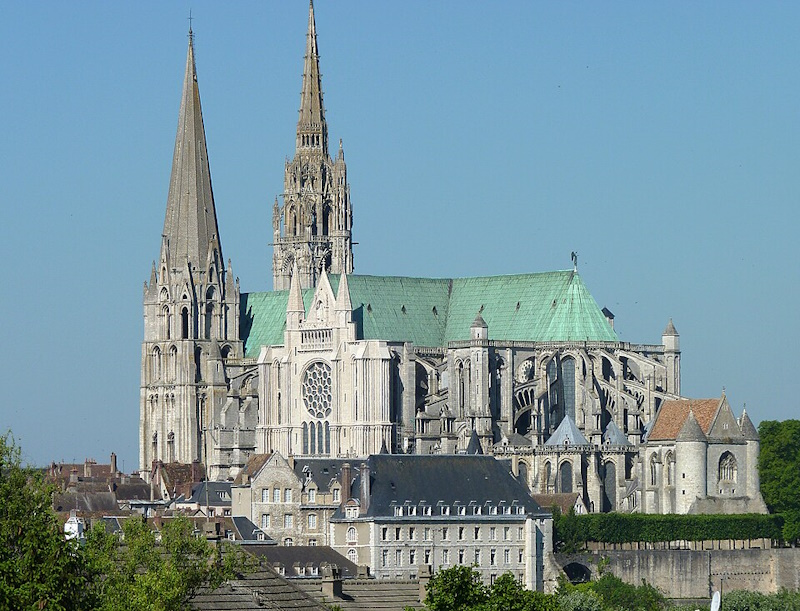
If Gothic architecture is your focus, France is hard to beat. Chartres Cathedral might be the most famous, but several travelers recommend less-talked-about gems just outside Paris: Amiens, Reims, Rouen, Laon, Orléans, St. Denis…
Each of these cities has a cathedral that rivals or even surpasses Notre-Dame in scale or detail. Travelers describe them as haunting, solemn, and awe-inspiring.
Gothic architecture originates here, and it feels like stepping into the root of a spiritual tree.
Inside Paris, people recommend Notre-Dame, Sainte-Chapelle (for the stained glass), Sacré-Cœur (a very different style, perched over the city), La Madeleine, and Saint-Sulpice (worth visiting if you have time).
3. Spain has more architectural variety
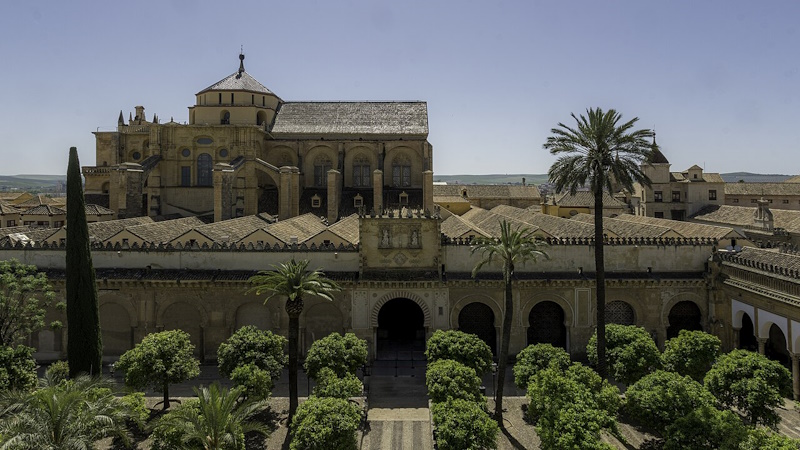
Spain’s religious buildings reflect its complex history. You’ll find Catholic churches built over mosques in Córdoba and Toledo, Gothic cathedrals in León and Burgos, and Baroque interiors in Granada and Valencia.
In Córdoba, the Mezquita-Catedral stands as a literal blend of Islamic and Catholic architecture. In Toledo, you can visit both the Gothic Toledo Cathedral and smaller sites like Santo Tomé Church, which holds El Greco’s famous painting.
In Valencia, travelers point to the Valencia Cathedral, which claims to hold the Holy Grail. And in Jerez de la Frontera, someone highlights the tucked-away Iglesia de San Miguel in a quiet neighborhood.
4. Santiago de Compostela is a spiritual destination in itself
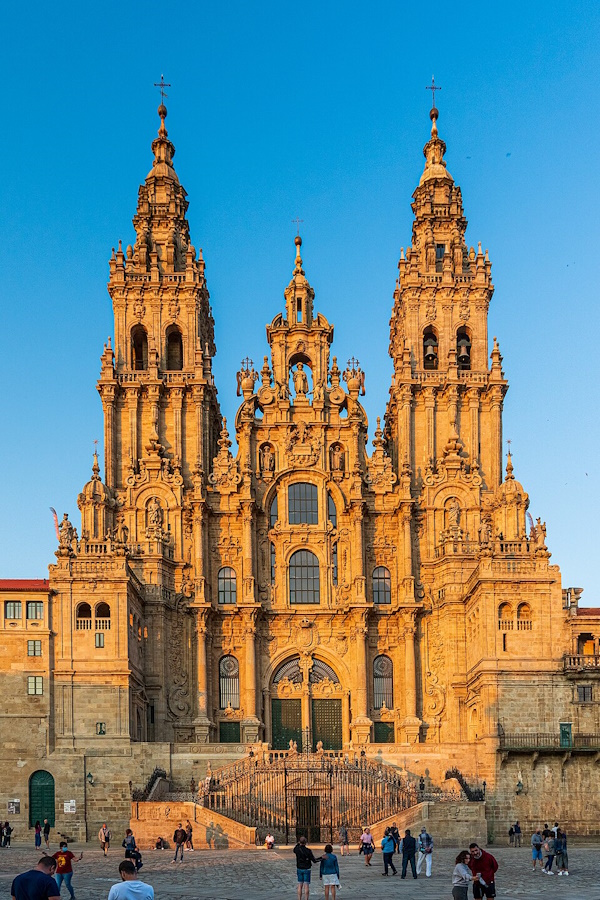
The Cathedral of Santiago de Compostela is one of the most revered Catholic pilgrimage destinations in the world. It’s said to be the resting place of St. James the Apostle.
Even those who don’t walk the Camino describe the experience of arriving at the cathedral as profoundly moving. Several people recommend stopping at other churches along the Camino Francés route as well, even if you only drive part of it.
Some also mention visiting Montserrat outside Barcelona, a mountaintop monastery with striking views and religious significance.
5. Mont Saint Michel is France’s most unforgettable Catholic site
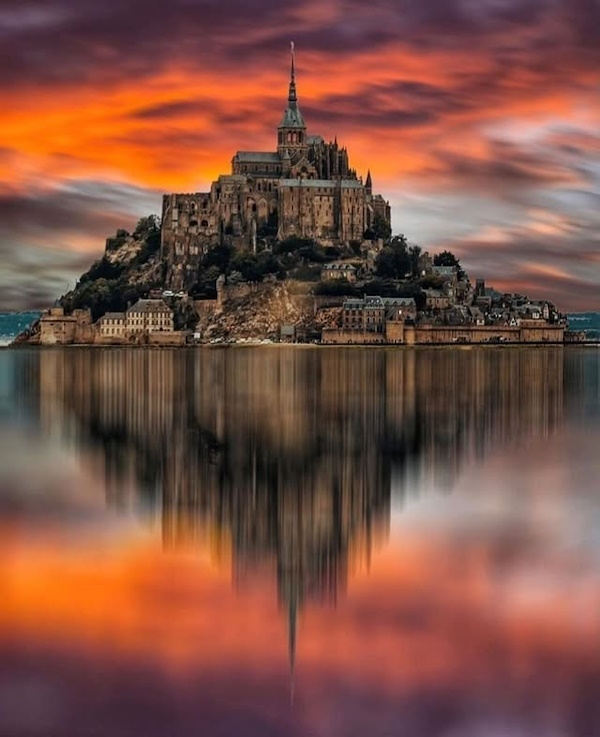
When people talk about France, Mont-Saint-Michel keeps coming up. Set on a tidal island in Normandy, this medieval abbey leaves many visitors speechless.
It’s a surreal-feeling place that combines architectural beauty with deep spiritual stillness. A rental car or train connection from Paris makes it a doable overnight or long day trip. See this post for more details.
6. Spain feels more Catholic in daily life
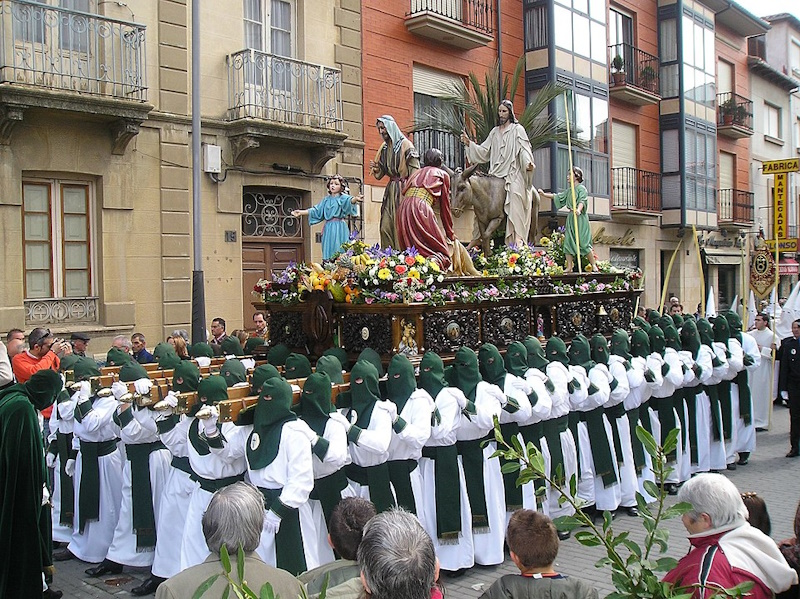
Many travelers agree Spain feels more actively Catholic, especially in the south. Churches are open, feast days are celebrated in the streets, and religious festivals are still a big part of cultural life.
Travelers who visited churches in Madrid, Barcelona, Seville, Toledo, and Granada say that Catholic roots feel stronger and more visible in Spain than in France. Even less devout visitors appreciate the cultural richness that comes with it.
7. France is quieter, older, and steeped in mystery
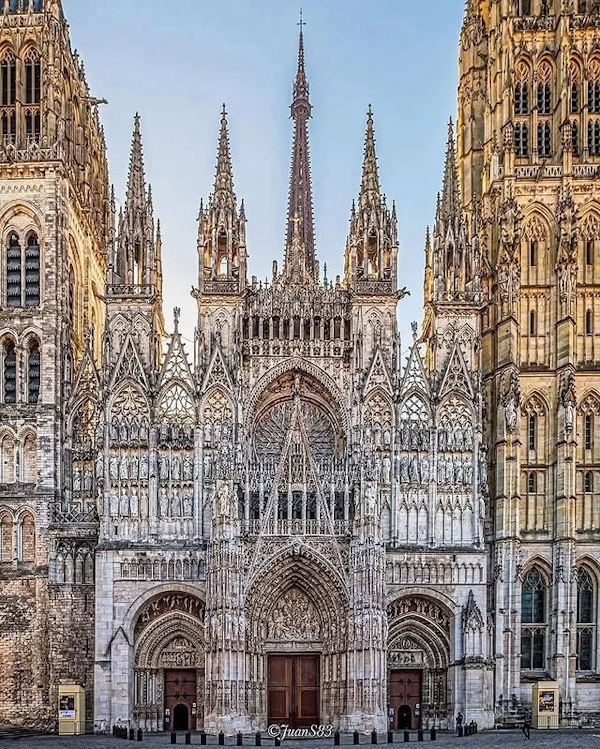
France may not feel as lively, but it carries weight. The churches there are often described as solemn, silent, and heavy with history. If Spain feels alive, France feels ancient.
The buildings feel untouched, suspended in time. The atmosphere inside places like Chartres, Rouen, or even Notre-Dame des Cyclistes in Labastide-d’Armagnac (a small chapel built in a former Templar fortress) is very different from what you experience in Spain.
8. Climate and logistics matter
May and June can be brutally hot in southern Spain. Travelers warn that temperatures in Seville, Córdoba, and Granada can hit 40°C (over 100°F). If you’re sensitive to heat, this may affect your enjoyment.
On the other hand, Spain’s train system is excellent. Many visitors say they prefer it over renting a car.
Some travelers make a strong case for doing both countries in one trip. Budget flights between Paris and Barcelona or Madrid are cheap and frequent.
You could spend a week in northern France visiting Gothic cathedrals, then hop to Spain for the second half, focusing on Barcelona, Granada, or the Camino route.
If you go this route, check local calendars for festivals or processions that might add a meaningful layer to your trip.
